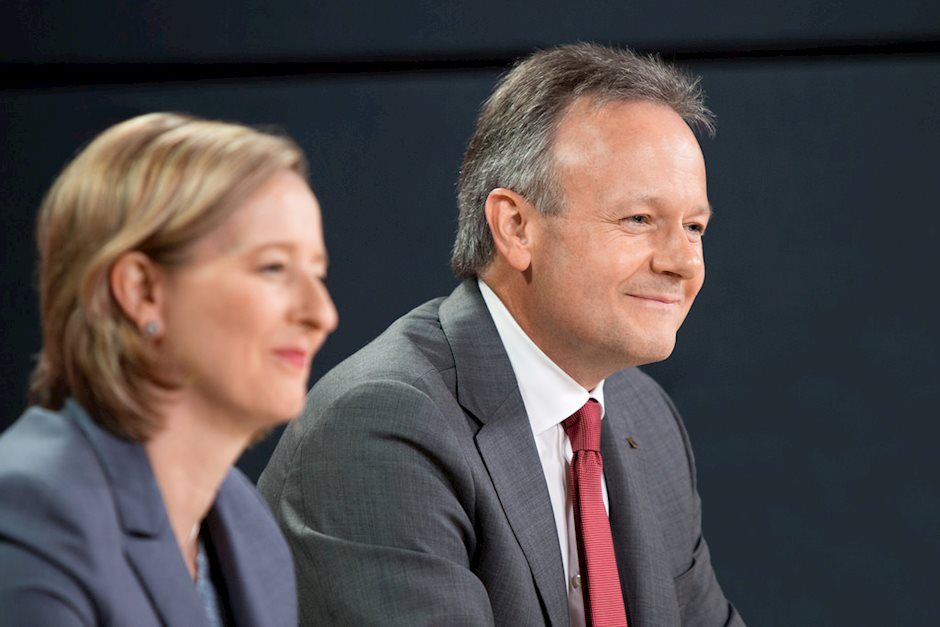Goodbye Stephen Poloz

Highlights from Poloz’s last speech, BoC:
-
The BoC policy framework provides flexibility on the time needed to return to the inflation target.
-
“Choosing a policy course can entail degree of flexibility, allowing inflation to return to target more slowly or quickly than on average.”
-
From an economic perspective, various possible interest rates can eventually be consistent with the inflation target.
In his final press conference before resigning as BoC Governor next month, Poloz said, “I am relatively optimistic, compared to what was said.” The Canadian economy may look tougher and recover faster after a series of COVID-19 closures, according to Governor Poloz.
While Poloz said the central bank needed to be prepared for results, he remained convinced that the bank’s extraordinary fiscal stimulus measures, including cutting interest rates to near zero and injecting more than $300 billion into financial markets, would allow most of the economy and many Canadians to breathe more easily.
Poloz added that he did not see the current economic crisis as a recession or sign of upcoming depression. He noted that the current economic crisis was caused more by the lockdown imposed by the government. Poloz argues, after the economy has been fully revived in the coming weeks, there will be a very rapid return to creativity and production.
Interest rate
Canada’s main lending rate is currently at 0.25% after a 150 basis point cut in March. Poloz suggested interest rates remain historically low for the foreseeable future, due to demographic reasons and economic growth reasons. He did not say how low, but it certainly would not be like it was 20 years ago or 30 years ago, so the central bank will have less room to maneuver.
The Canadian economy rose 0.1% in Q4 2019, easing from an expansion of 0.3% in the previous period. That was the weakest growth rate since Q22016, when the economy shrank 0.5%, amid several factors including pipe closure, unfavorable harvest conditions, railroad transportation strikes and the impact of the United Auto Workers strike in the US. Growth slowed mainly due to business investment (-0.8% vs 2% in Q3), because spending on machinery & equipment fell for the third consecutive period (-3.6%), i.e. aircraft & other transportation equipment (-10%, 5%) and trucks & buses (-10.9%); and external trade, as exports fell 1.3% and imports fell by a softer 0.6%.
Meanwhile, household consumption rose 0.5%, the same as in Q3. Expressed at an annual rate, real GDP rose 0.3% in Q4, after extending a downwardly revised 1.1%.
USD/CAD
The Canadian Dollar has come under strong pressure during the decline in world oil prices, but the recent recovery in oil prices has not been able to deliver a significant strengthening of the Canadian Dollar. Prices are still seen in a large upward trend, although in the 4-hour period a descending triangle has formed, where the high prices formed tend to decrease and low prices tend to level off. This has been going on for 8 weeks, and is now entering the 9th week. From the downside, the price movement will test the minor support at 1.3849 as a low average price which if successfully broken it may test the lower level at 1.3615 at the 61.8% Fib. retracement level. On the upside, the rising price will retest the newly formed minor resistance at 1.4048 with a continuation to 1.4100.
The current price is below the 1.4000 level, between the 120-SMA and 200-SMA, with the RSI spread evenly above the 50 level and the MACD histogram which is thin above neutral. This confirms the market is quiet because of holidays with a thin transaction range of around 38 pips.




















